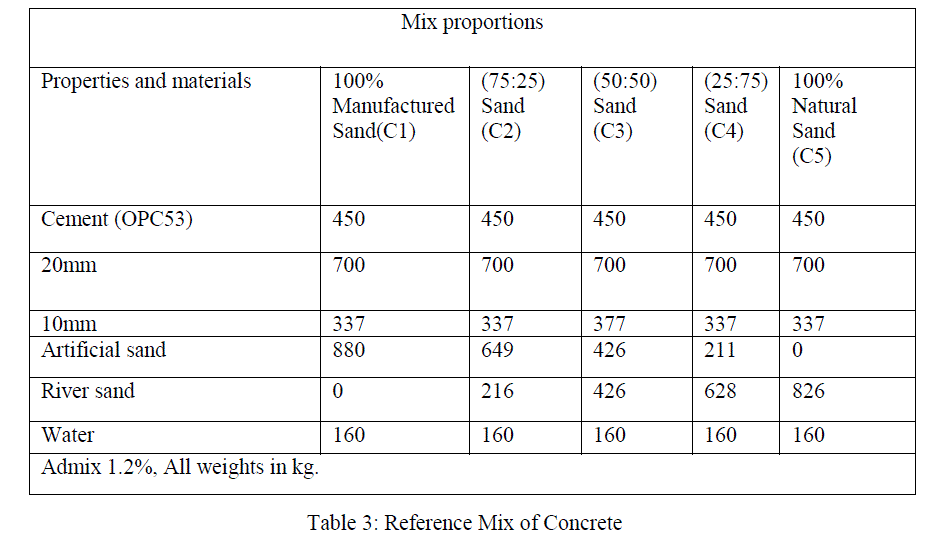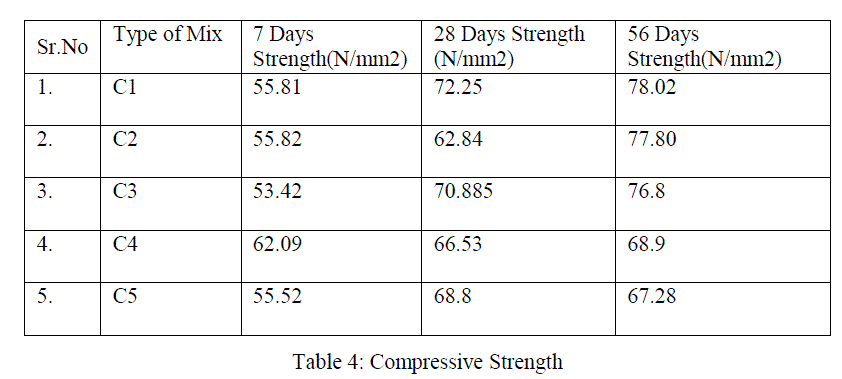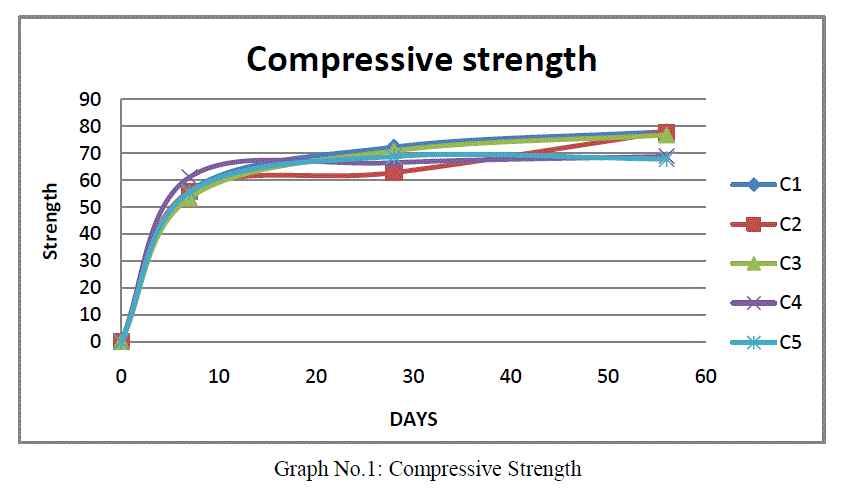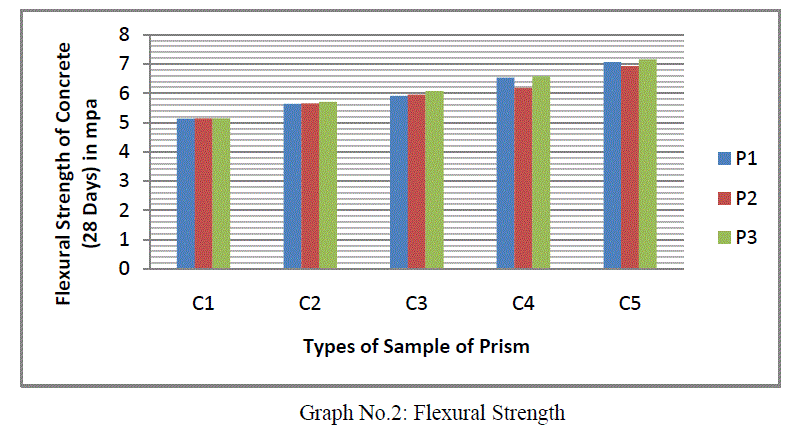ISSN ONLINE(2319-8753)PRINT(2347-6710)
ISSN ONLINE(2319-8753)PRINT(2347-6710)
Abhishek Kulkarni1, Kalyani Bhutada1 and Ajay Shelorkar2
|
Visit for more related articles at International Journal of Innovative Research in Science, Engineering and Technology
The construction industry today is one of the booming, employment and resource generating field in India. The increase in construction activities gives rise to vast demand for availability of materials used. But today due to the high construction activity the demand for river sand has increased to a greater pace as it being the primary material for the construction activity. The problem of sand mining is affecting the construction activity in our country. Excessive quarrying has caused the depletion of natural sand and causing flood problems. The government of India has therefore in some stated banned the use of natural sand. This ban has been affecting the construction process many a times the construction is stopped due to the unavailability of natural sand. The only option to this problem is the use of artificial sand or manufactured sand. The material is obtained by mechanically crushing the large rocks. The sand obtained is thus cheap, easily available and has shown better results as compared to the natural sand. The promotion of artificial sand will not only conserve the depleting natural resources but also give rise to speed and hassle free availability of material which will ultimately result in speed completion of work in given time and achieve economy in most of the aspect. The tests were conducted to show strength parameters of the concrete. It was found that compressive strength of the concrete increases with artificial sand. While in case of flexural strength the river sand holds good.
Keywords |
| Artificial sand, River sand, High grade concrete, mechanical properties |
INTRODUCTION |
| The concrete is used for the centuries and there has been vast development in the grades and the types of materials in the increase of its strength. The construction being the growing industry the demand for the sand is increasing. The research has done in various times have proven the suitability of artificial sand being more efficient then river sand. With the present scenario where the availability of natural sand is a big concern the only option left is the use of artificial sand. In present the attempt is to discuss the mechanical properties of the concrete prepared by the traditional natural sand and that by the artificial sand for the high grade concrete (M50). The replacement has been made in a percentage manner i.e. (0%,25%,50%,75%,100%). The economical aspect is also covered. |
LITERATURE REVIEW |
| • Shanmugapriya et al. (2012) concluded from experimental researchers that compressive and flexural strength of concrete can be improved by partial replacement of cement by silica fume and manufactured sand for natural fine aggregates. They suggested that optimum replacement of natural sand by manufactured sand is 50%. |
| • Mahendra R Chitlange et al. (2010) experimentally proved that due to addition of steel fibre to natural sand concrete and manufactured sand concrete there is a consistent increase in flexural and split tensile strength whereas there is only a marginal rise in compressive strength. |
| • Dr.T. Felix Kala (2013) experimentally proved that with the mechanical strength of the high grade concrete can be increased by the use of granite power and the behaviour of granite aggregates with admixtures in concrete possesses the higher properties like concrete made by river sand. |
| • M.Adams Joe et al. (2013) experimentally found that found that 50% replacement of fine aggregate by MSand give maximum result in strength and durability aspects than the conventional concrete. |
| • Dr.S.Elavenil et al.(2013) experimentally found that compared to concrete made from river sand, high fines concrete generally had higher flexural strength, improved abrasion resistance, and higher unit weight & lower permeability due to fillings the pores with micro fines. |
| • Jayaraman et al. (2013) found that for M30 grade concrete the compressive strength, tensile strength and flexural strength were carried out. The specimens are tested for 7 days, 14 days and 28 days with each proportion of nano silica and M-Sand mix. The Replacement of cement with 0.75% of nanosilica gives more strength than the M-sand mix and also the durability has been increased compared to the M-Sand. |
| • Nimitha Vijayaraghavan et al. (2013) carried out Compressive Strength for 3, 7 and 28 days with varying proportion of manufactured sand replacement. The conclusion was in 100% replacement of natural sand by crushed sand, the compressive strength was maximum. |
| • Gobinath. R et al. (2013) carried out Compressive strength of concrete for 7, 14 and 28 days. The conclusion was made that Compressive strength obtained for conventional concrete cubes and concrete cast using M Sand and glass fibers indicates that the strength properties of M Sand are adequate. |
MATERIALS USED |
A. Cement: |
| The Ordinary Portland Cement-53 grade was used. The physical properties determined in the laboratory. The cement satisfies the requirements of IS: 12269-1987 specifications. |
 |
B. Coarse aggregates: |
| The crushed stone aggregate was collected from Gadgadsangvi near Nasik. The coarse aggregate was used in the experimentation were about 20 mm and 10 mm size aggregate and tested as per IS: 2386-1963 (III) specifications. Physical properties of coarse aggregates as determined in a laboratory are given in Table 2. |
 |
C. Natural Sand: |
| The natural sand confirming to zone I as per IS: 383-1970 was used for the experimentation after washing it with water. The specific gravity of this natural sand was found to be 2.83. The water absorption values obtained for the sand used was found to be 2.78% |
D. Artificial Sand: |
| The crushed sand conforming to zone I as per IS: 383-1970 was used for the experimentation after washing it with water. The specific gravity of this artificial sand was found to be 2.95 The water absorption values obtained for the sand used was found to be 2.08% |
E. Admixture: |
| Flowcon 155M is used for increasing the workability of concrete mix even in case of less water cement ratio. The admixture was used by percentage of mass of cement (1.2% by mass), The same was adopted for all five mix proportion for maintaining the slump during the fresh concrete condition. |
EXPERIMENTAL PROGRAM |
A. Compressive Strength Test: |
| Compressive strength test is the most common test conducted on concrete, because it is easy to perform and most of the desirable characteristic properties of concrete are quantitatively related to its compressive strength. Compressive strength was determined by using Compression Testing Machine (CTM) of 3000 KN capacity. The compressive strength of concrete was tested using 150 x150x150 mm cube specimens. The test was carried out by placing a specimen between the loading surfaces of a CTM and the load was applied until the specimen fails. Three test specimens were cast and used to measure the compressive strength for each test conditions and average value was considered. |
B. Flexural Strength Test: |
| Flexural strength is a measurement that indicates the resistance of a material to deformation when placed under a load. The values needed to calculate flexural strength are measured by experimentation, with rectangular samples of the material placed under load in a 2 point testing setup. The strength of a material in bending, expressed as the stress on the outermost fibres of a bent test specimen, at the instant of failure. In a conventional test, flexural strength expressed in MPa is equal to(equ.1), |
 |
EXPERIMENTAL RESULT |
| Abbreviations used: |
| C1-100% Manufactured, C2-(75:25) Sand, C3- (50:50) Sand, C4-(25:75)Sand,C5- 100% Natural Sand P-1, P-2, P-3 represent the prism for the Flexural Test. |
 |
OBSERVATION AND DISCUSSION |
| It has been observed that the compressive strength of artificial sand based HGC increases with the increase in percentage of artificial sand replacement with natural sand. Table 3 shows the variation of compressive strength of HGC with different percentage of replacement of artificial sand content of 0 %(i.e.,100%natural sand), 25 % ,50 % ,75% and 100% for 7days,28 days ,56 days as the artificial sand increases from 0% to 100% , the compressive strength for 56 days increases about 67.28 MPa,68.9 MPa ,76.8 MPa , 77.80 MPa and 78.02 MPa resp. Table 4 shows the flexural strength of HGC for 56 days decreases for 0%, 25% ,50% ,75% and 100% artificial sand replacement as 7.053 MPa,6.43 MPa,5.996 MPa,5.47 MPa and 5.146 MPa respectively. |
 |
 |
CONCLUSION |
| It was found that the artificial sand can used as a suitable and economical alternative for the natural sand as it gives the required strength and shows better results in compressive strength. In case for the flexural strength the river sand still holds good. The results show slight up gradation in results for the flexural strength. The end conclusion is made out that natural sand being costly and hard to procure the artificial sand holds a great potential as a replacement. |
ACKNOWLEDGEMENT |
| With all respect and gratitude, I would like to thank all people who have helped me directly or indirectly for the completion of this project work. With deep sense of gratitude I thank to our Principal Prof. Dr. Jayant T. Pattiwar and Prof. Dr. Pravinchandra G. Gaikwad, HOD of Civil Engg. Dept. of NDMVP Samaj College of Engineering for providing all necessary facilities and their constant encouragement and support. We would also like to specially thank Mr. Hitendra N. Pawar QC In-charge UltraTech Cement RMC Plant, Nasik for providing us the valuable guidance and information regarding the execution of the project. |
References |
|